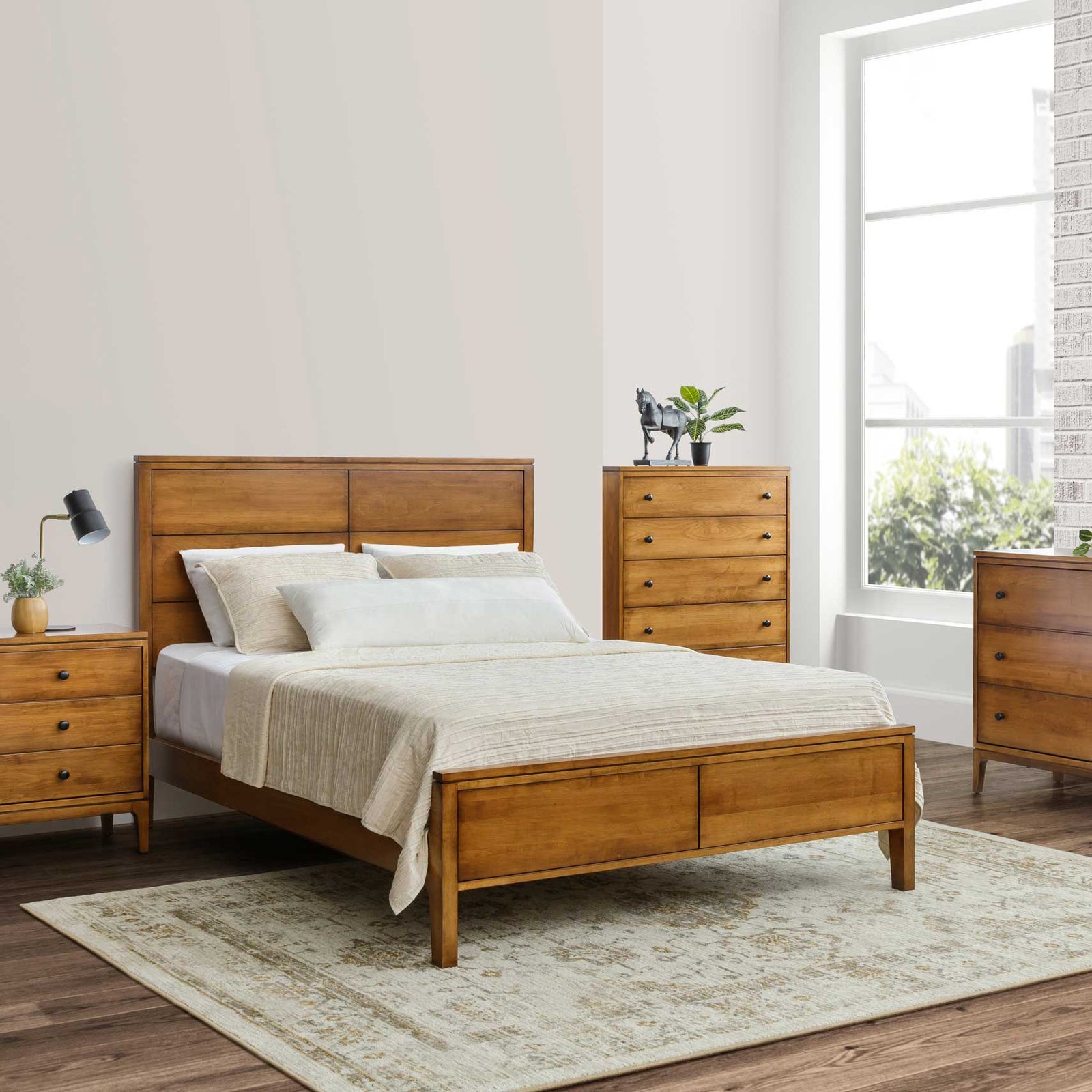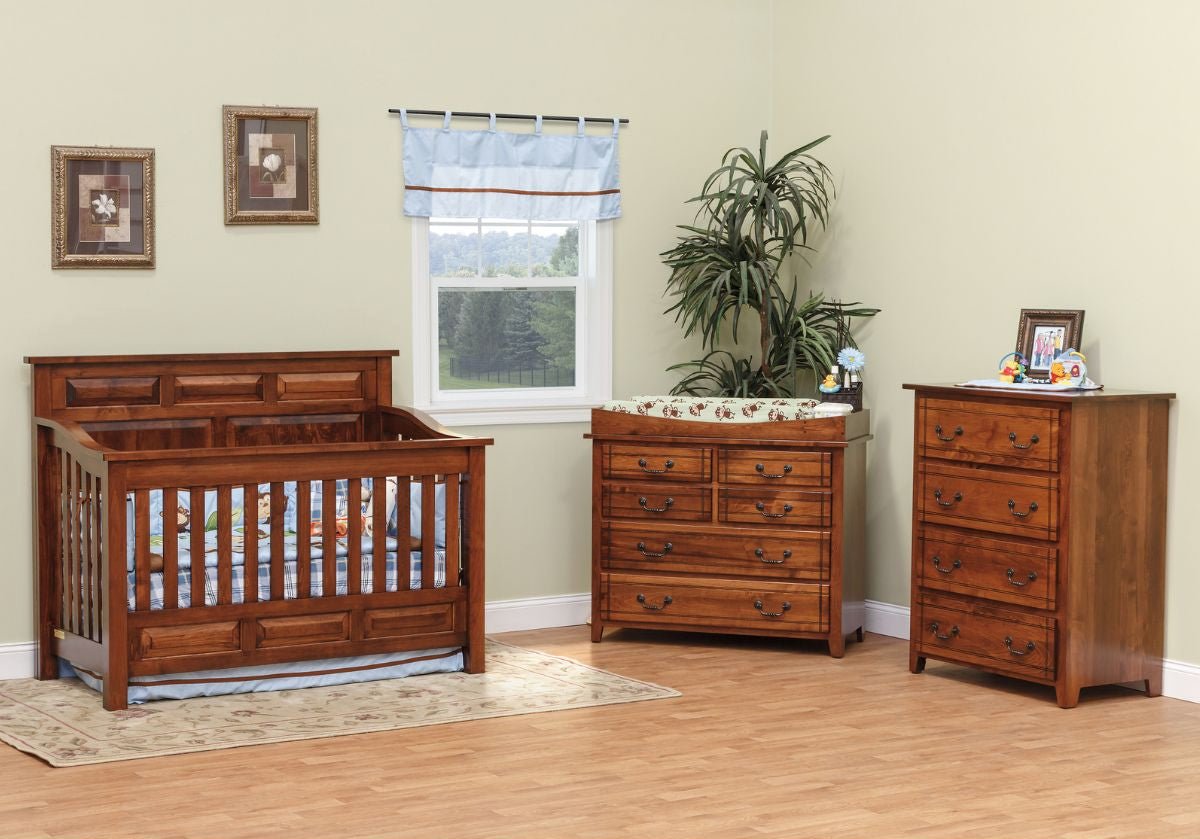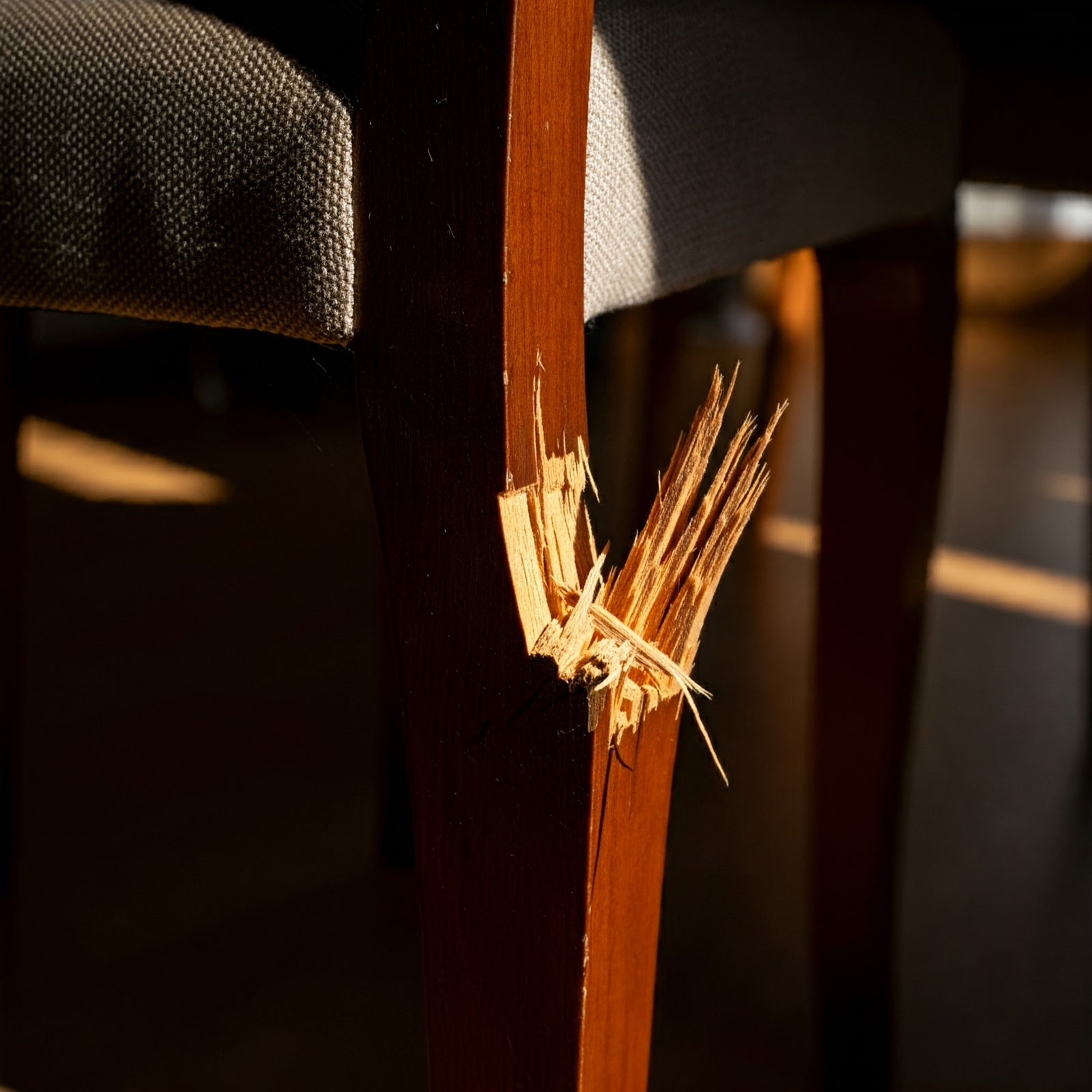When it comes to solid wood furniture, the Amish and Mennonites from Lancaster County, Pennsylvania, are renowned for their craftsmanship and commitment to traditional woodworking methods. While both groups share a strong emphasis on quality and durability, there are significant differences that set their furniture apart. In this blog post, we'll explore five major distinctions between Amish and Mennonite solid wood furniture.
1 - Tradition and Beliefs
Amish: The Amish are known for their strict adherence to traditional practices and a commitment to a simple, non-technological way of life. Their furniture reflects these principles, often featuring classic designs, handcrafted with precision, and showcasing an appreciation for the natural beauty of wood.
Mennonite: Mennonites, while sharing some similarities with the Amish, tend to be more open to modern influences and technology. Mennonite furniture may incorporate contemporary design elements while still valuing traditional craftsmanship.
Check out: Our 40th Anniversary Tent Sale
2 - Style and Design
Amish: Amish furniture often leans towards timeless and rustic designs. Pieces are characterized by clean lines, solid construction, and a focus on the wood's natural grain and texture. Common styles include Shaker, Mission, and Country.
Mennonite: Mennonite furniture, on the other hand, can be more diverse in terms of design, incorporating both traditional and contemporary aesthetics. This flexibility allows for a wider range of style choices to suit various tastes.
3 - Wood Selection and Sourcing
Amish: Amish craftsmen typically use locally sourced hardwoods like oak, cherry, maple, and walnut. Sustainability is a significant concern, and they often harvest their wood from well-managed forests.
Mennonite: Mennonite furniture makers may also use locally sourced wood, but their willingness to adapt to modern trends may lead to the use of a broader array of wood types, including exotic or imported woods.
Check out: The 5 Key Differences Between Amish and Mennonites
4 - Building Techniques
Amish: Amish furniture is renowned for its meticulous handcrafted techniques, with an emphasis on traditional joinery methods like dovetail joints and mortise and tenon connections. Each piece is painstakingly assembled, ensuring longevity and sturdiness.
Mennonite: While Mennonite craftsmen also value quality construction, they may incorporate some modern tools and techniques into their work. This blend of traditional and contemporary methods allows for increased efficiency in production without sacrificing quality.
5 - Customization and Personalization
Amish: Amish furniture makers often provide a high degree of customization. Customers can request specific wood types, stains, finishes, and even design modifications to suit their preferences.
Mennonite: Mennonite furniture makers may offer customizationoptions as well, but they may be more open to accommodating unique and innovative design ideas, making them a good choice for those seeking a personalized touch.
In conclusion, both Amish and Mennonite furniture artisans produce exceptional solid wood furniture that embodies quality, craftsmanship, and durability. The choice between the two often comes down to personal preferences in terms of style, design, and the degree of tradition or modernity one seeks in their furniture. Whether you opt for the timeless elegance of Amish craftsmanship or the versatility of Mennonite design, you can be sure that your investment in solid wood furniture from Lancaster County, Pennsylvania, will stand the test of time.














Leave a comment (all fields required)